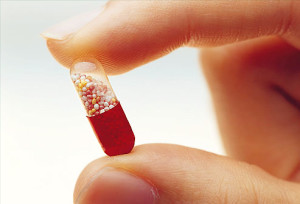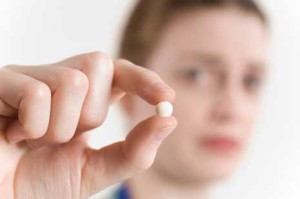 There are many different types of medications available to the allergy sufferer. Over-the-counter and prescription drugs can be easily obtained in order to help the patient get some relief from some of the common symptoms of allergies like a runny nose, itchy and watery eyes, cough and congestion. Allergy drugs come in many shapes and sizes, including combination medicines, corticosteroids, antihistamines, decongestants and others. There are even some types of shots given to reduce allergy symptoms that are said to actually increase one’s ability to tolerate allergens gradually over a period of time.
There are many different types of medications available to the allergy sufferer. Over-the-counter and prescription drugs can be easily obtained in order to help the patient get some relief from some of the common symptoms of allergies like a runny nose, itchy and watery eyes, cough and congestion. Allergy drugs come in many shapes and sizes, including combination medicines, corticosteroids, antihistamines, decongestants and others. There are even some types of shots given to reduce allergy symptoms that are said to actually increase one’s ability to tolerate allergens gradually over a period of time.
A listing of some of the common allergy products includes Allegra, Benadryl, Claritin, Fexofenadine, Zyrtec, Flonase, Hydroxyzine, Loratadine, Phenergan and Vistaril.
Allergies are classified according to the types of symptoms, types of triggers or the location of the symptoms on the sufferer’s body. Some of the most common allergies are food and drug allergies, latex allergies, insect allergies, eye allergies, skin allergies and indoor and outdoor allergies (often referred to as hay fever, seasonal, perennial or nasal allergies).
 Antihistamines have been used for many years and can usually be taken as a liquid medicine, in pill form, nasal spray or eye drops. Over-the-counter nasal sprays can be used to treat seasonal or year-round allergy symptoms, and antihistamine eye drops can relieve itchy eyes.
Antihistamines have been used for many years and can usually be taken as a liquid medicine, in pill form, nasal spray or eye drops. Over-the-counter nasal sprays can be used to treat seasonal or year-round allergy symptoms, and antihistamine eye drops can relieve itchy eyes.
When one is exposed to an allergen, like ragweed pollen, it has the ability to trigger the immune system into action. A mast cell within the immune system releases a substance called histamine. This substance will attach itself to certain receptors in blood vessels and force them to enlarge. Histamine binds to other receptors as well, which will bring about swelling, itching, redness and changes in secretions. Antihistamines serve to prevent these symptoms from occurring by blocking histamine receptors.
 The aforementioned decongestants are built to battle congestion, as the name implies, and are typically prescribed alongside the antihistamines in the case of allergies. These also come in liquid, eye drop, nasal spray and pill form.
The aforementioned decongestants are built to battle congestion, as the name implies, and are typically prescribed alongside the antihistamines in the case of allergies. These also come in liquid, eye drop, nasal spray and pill form.
An important consideration when selecting the form in which to take is that pills and liquid decongestants may be taken longer than nasal spray and eye drop decongestants because long-term use of the latter kind can actually make one’s symptoms worse.
What happens inside the body during an allergic reaction is that tissues in the nose swell in response to contact with an allergen. That swelling will produce mucous and fluid. Some of the blood vessels located in the eyes will also swell and bring about redness. The way that decongestants work inside the body is by shrinking swollen nasal tissues and blood vessels, thereby relieving the sufferer of the symptoms of congestion, nasal swelling, mucous secretion, and redness.
 There are some allergy drug manufacturers that produce and offer allergy medications which contain both an antihistamine and a decongestant. These combination drugs are designed to combat and relieve multiple allergy symptoms all in one dose. On the market today, one can expect to find that there are also some other combination drugs. There are those that combine an allergy medicine with an asthma medicine, and also those that combine an antihistamine eye drop with a mast cell stabilizer drug.
There are some allergy drug manufacturers that produce and offer allergy medications which contain both an antihistamine and a decongestant. These combination drugs are designed to combat and relieve multiple allergy symptoms all in one dose. On the market today, one can expect to find that there are also some other combination drugs. There are those that combine an allergy medicine with an asthma medicine, and also those that combine an antihistamine eye drop with a mast cell stabilizer drug.
These medications, along with good overall health practices, can make living with allergies less of a painful and crippling life. There are also countless resources, especially on the Internet, where people afflicted with allergies can go to learn tips, home remedies, preventive measures, remedies to aid in sleep and discovering hidden or unexpected allergens.
